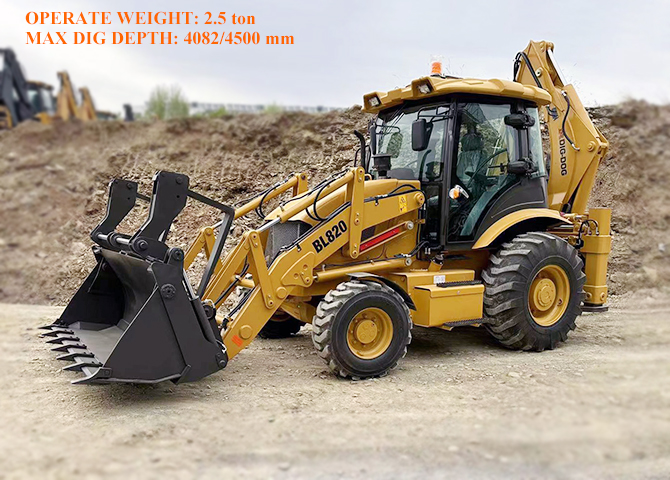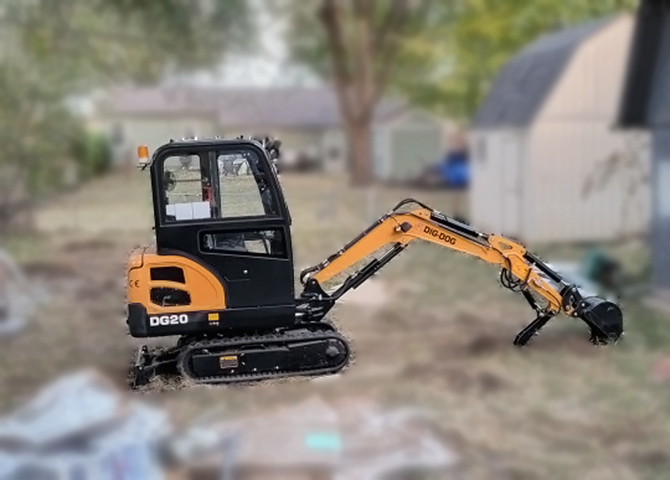No doubt about it, buckets are the most popular attachment for mini excavators. While they’re great for digging, trenching, loading and removing dirt, sometimes operators need a hand moving other materials around the jobsite. When it’s time for a bucket to take a break from excavating, thumbs and grapple attachments can be brought on board for pick-and-place duties. These tools turn a mini excavator from a dig-only machine into one that’s capable of lifting and shifting materials around the work area. Here’s a look at these two attachment options.
Thumbs
Operators can use thumb and bucket combos to handle a variety of applications, including lifting and placing timbers, rocks or other landscaping materials. By adding a thumb to a bucket, the combination can act as a grapple attachment, performing similar tasks without removing and attaching other equipment — saving time and hassle on the jobsite.
There are two different types of thumbs — rigid and hydraulic. A rigid thumb attachment stays in a fixed position that’s set manually and does not require auxiliary hydraulic flow to operate it. Jobs that require lifting and moving items that are the same size and shape often work best for a rigid thumb, given its fixed position. Longer jobs are desirable for rigid thumbs since they allow the operator to stay in the machine and work, rather than readjust the thumb’s position.
When the project requires lifting and moving items of various sizes, hydraulic thumbs provide the most relief. Hydraulic thumbs are moved hydraulically using a cylinder mounted to the arm and thumb. They give the operator a wider range of motion from the attachment and the ability to change the position of the thumb from inside the cab. Hydraulic thumbs are also able to easily retract when they’re not needed, which is great for operators who use their excavators primarily for digging. Patel explains that an equipment dealer can help customers select a thumb that is properly sized for the mini excavator, as well as ensure the machine has the required auxiliary hydraulic flow to operate the attachment.
Grapples
Need a little more control during pick-and-place operations? Do you plan on performing continuous lifting and placing tasks? Consider a grapple. These attachments offer a bigger and tighter grasp on materials, and some even offer the ability to rotate. The most popular style of grapple for mini excavators is a fixed grapple and boasts two jaws — one with three tines and one with two tines. They typically range in size from 24 to 36 in.
When purchasing a grapple attachment, the considerations are very similar to those when purchasing a thumb. He says to make sure you have a hydraulic circuit capable of operating the grapple and to check that the grapple’s weight fits within the machine’s capacity. You should also consider the application and material type that you need to pick up and place.
Operators need to check whether the grapple can safely lift heavy objects. This may depend on the mini excavator size and what it’s rated to lift. Operators can find the lift charts in the operation and maintenance manual or by visiting with a local dealer.
Similar to a thumb, Patel says operators should inspect the attachment daily to ensure it’s free of any damage.
 How To Choose The Right Compact Wheel Loader
How To Choose The Right Compact Wheel Loader
 How Much Does a Forklift Weigh?
How Much Does a Forklift Weigh?
 How Much Does a Backhoe Weigh
How Much Does a Backhoe Weigh
 How Much Does a Mini Excavator Weigh
How Much Does a Mini Excavator Weigh